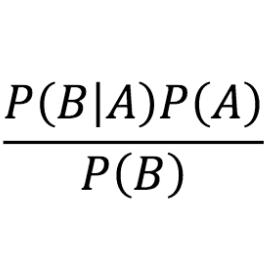Trending Research
Cosmos World Foundation Model Platform for Physical AI
We position a world foundation model as a general-purpose world model that can be fine-tuned into customized world models for downstream applications.
TransPixar: Advancing Text-to-Video Generation with Transparency
Text-to-video generative models have made significant strides, enabling diverse applications in entertainment, advertising, and education.
LatentSync: Audio Conditioned Latent Diffusion Models for Lip Sync
Since we did not change the overall training framework of SyncNet, our experience can also be applied to other lip sync and audio-driven portrait animation methods that utilize SyncNet.
TabPFN: A Transformer That Solves Small Tabular Classification Problems in a Second
We present TabPFN, a trained Transformer that can do supervised classification for small tabular datasets in less than a second, needs no hyperparameter tuning and is competitive with state-of-the-art classification methods.
Don't Do RAG: When Cache-Augmented Generation is All You Need for Knowledge Tasks
With the advent of large language models (LLMs) featuring significantly extended context windows, this paper proposes an alternative paradigm, cache-augmented generation (CAG) that bypasses real-time retrieval.
Diffusion as Shader: 3D-aware Video Diffusion for Versatile Video Generation Control
Diffusion models have demonstrated impressive performance in generating high-quality videos from text prompts or images.
VITA-1.5: Towards GPT-4o Level Real-Time Vision and Speech Interaction
Recent Multimodal Large Language Models (MLLMs) have typically focused on integrating visual and textual modalities, with less emphasis placed on the role of speech in enhancing interaction.
LLaVA-Mini: Efficient Image and Video Large Multimodal Models with One Vision Token
To achieve a high compression ratio of vision tokens while preserving visual information, we first analyze how LMMs understand vision tokens and find that most vision tokens only play a crucial role in the early layers of LLM backbone, where they mainly fuse visual information into text tokens.
 Ranked #8 on
Zero-Shot Video Question Answer
on ActivityNet-QA
Ranked #8 on
Zero-Shot Video Question Answer
on ActivityNet-QA
 Visual Question Answering (VQA)
Visual Question Answering (VQA)
 Zero-Shot Video Question Answer
Zero-Shot Video Question Answer
KAG: Boosting LLMs in Professional Domains via Knowledge Augmented Generation
The recently developed retrieval-augmented generation (RAG) technology has enabled the efficient construction of domain-specific applications.
NVILA: Efficient Frontier Visual Language Models
This paper introduces NVILA, a family of open VLMs designed to optimize both efficiency and accuracy.





